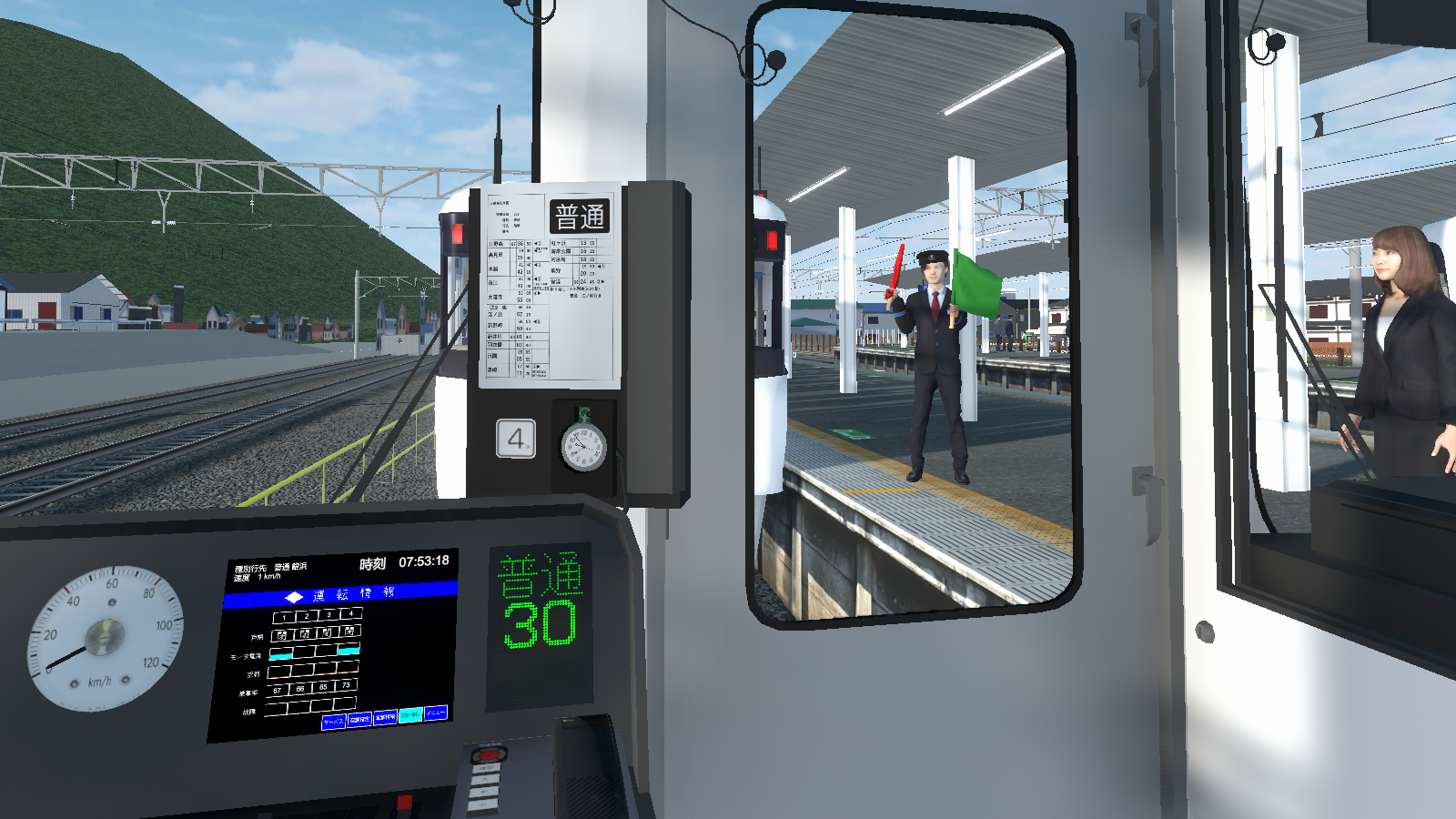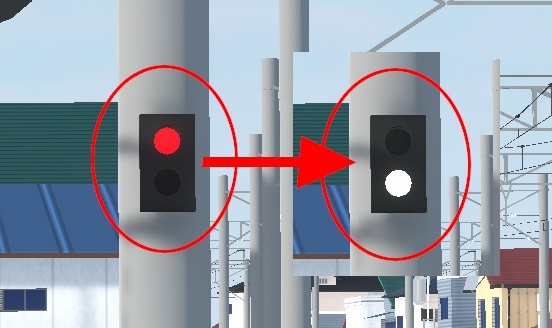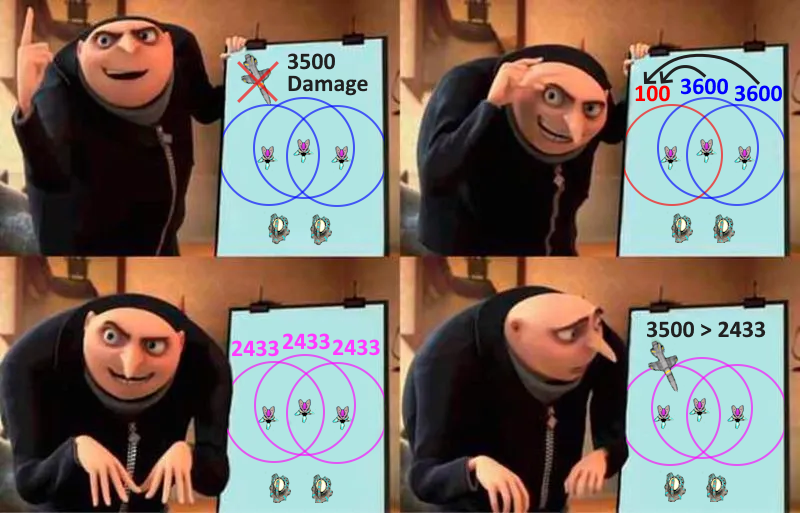
TriggerLand’s November update is here!
Version 1.03 focuses on quality-of-life improvements, smoother gameplay, and tightening up some of the rough edges players have been feeling. This month is all about polish—movement, enemy behavior, and performance—while we prepare for bigger content on the way.
Here’s what’s new:
Movement adjustments, including disabling backward sprinting.
Added light camera shake while sprinting for better feedback.
Tweaked enemy speeds and movement patterns for more balanced rounds.
Updated data pools to improve how rounds are generated.
Cleaned up several enemy voice lines.
Stability and performance improvements.
We’re also excited to share that our Christmas event is right around the corner. More details will be revealed in the coming weeks!
Thanks for playing and supporting TriggerLand!


























